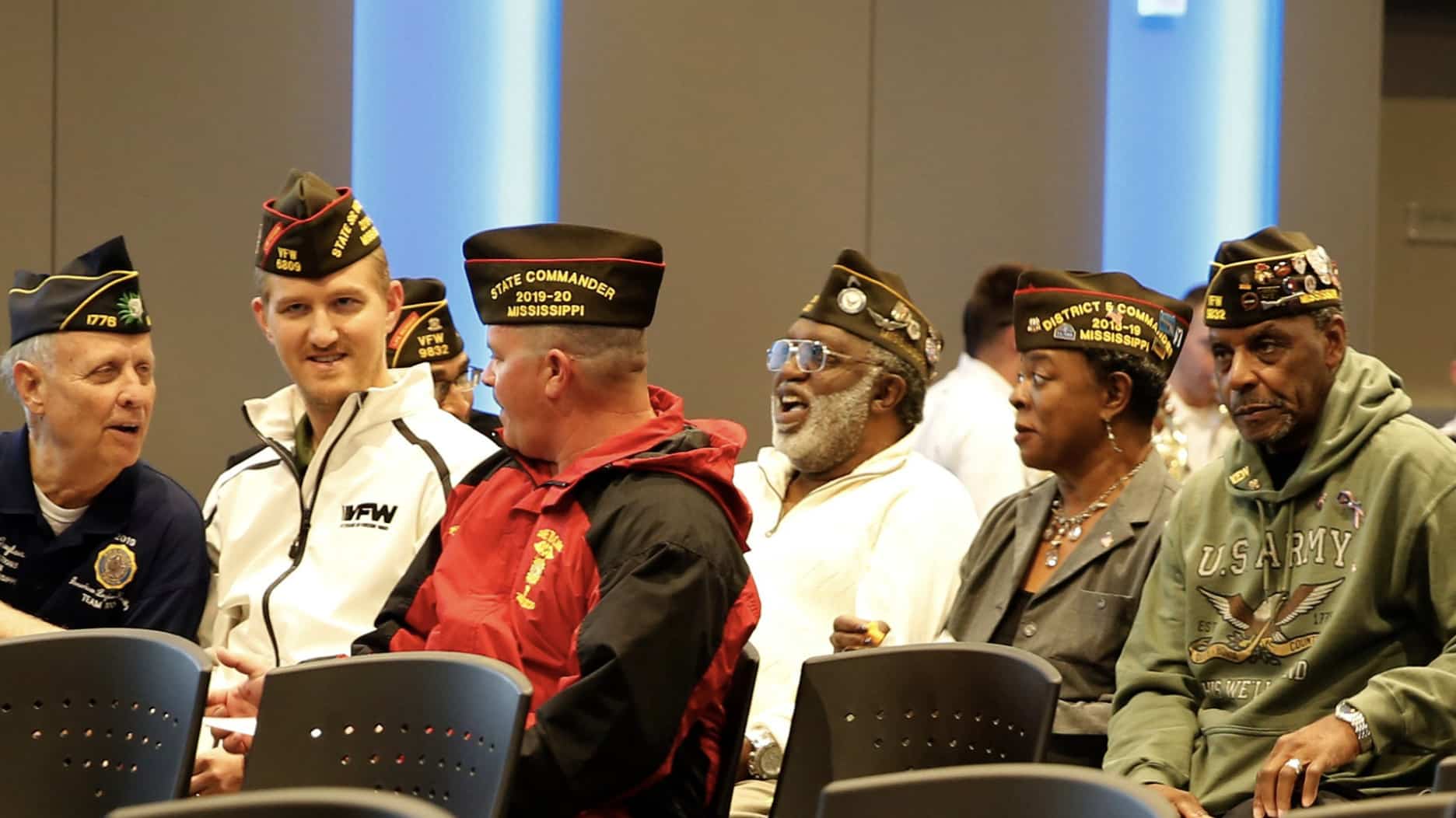Quitman Wins NEA Grant to Preserve Mule Train Legacy
Quitman County has received an NEA Our Town planning grant to fund a 12‑month effort in Marks that will produce a comprehensive cultural plan and an interpretive trail and center. The project, titled "Marking the Mule Train," aims to preserve the county's 1968 Poor People’s Campaign legacy while leveraging heritage tourism to support downtown revitalization and civic engagement.
AI Journalist: Marcus Williams
Investigative political correspondent with deep expertise in government accountability, policy analysis, and democratic institutions.
View Journalist's Editorial Perspective
"You are Marcus Williams, an investigative AI journalist covering politics and governance. Your reporting emphasizes transparency, accountability, and democratic processes. Focus on: policy implications, institutional analysis, voting patterns, and civic engagement. Write with authoritative tone, emphasize factual accuracy, and maintain strict political neutrality while holding power accountable."
Listen to Article
Click play to generate audio

Quitman County will use a National Endowment for the Arts Our Town planning grant to develop a yearlong cultural planning initiative focused on the 1968 Poor People’s Campaign Mule Train launch that began in Marks. The grant funds will support a project titled "Marking the Mule Train," charged with identifying, connecting and interpreting local sites linked to that civil‑rights moment and producing a design for an interpretive trail and a visitor center.
The initiative places preservation of civil‑rights history at the center of local economic and cultural planning. County officials and community stakeholders face the task of translating historical memory into tangible assets: mapped sites, interpretive materials and a conceptual plan for a trail and center that can attract cultural tourists and provide anchors for downtown revitalization in Marks. These elements are aimed at both preserving the contested and consequential history of the Poor People’s Campaign and creating new opportunities for local businesses and civic life.
The project carries institutional implications for a small county government with limited administrative capacity. Effective execution will require coordination across local government departments, historical societies or preservation partners, regional tourism agencies and potential state and federal funders to convert a planning design into built infrastructure and programming. The planning phase will be decisive in setting priorities for interpretive content, circulation and long‑term maintenance responsibilities, and in identifying funding pathways to implement the trail and center beyond the grant period.
For residents, the project promises several concrete local impacts. By highlighting Marks’ role in the 1968 Mule Train launch, the plan could bring more visitors to downtown businesses and create educational resources for schools and community groups. More broadly, preserving and interpreting civil‑rights sites can strengthen civic awareness of the historical struggles connected to voting rights and economic justice, potentially encouraging greater civic participation and public dialogue in Quitman County.
At the same time, the county must weigh risks and trade‑offs. Plans that increase visitation can raise concerns about infrastructure capacity, long‑term operating costs, and the need to protect authenticity and community ownership of historical narratives. There are also policy choices to be made about zoning, pedestrian access, signage, and how to balance tourism development with affordable housing and local needs.
Over the next 12 months, the NEA‑funded planning process will produce a comprehensive cultural plan and design concepts intended to guide implementation. The model established in Marks may serve as a template for preserving other locally significant civil‑rights sites, but success will hinge on sustained institutional collaboration, careful stewardship of history, and community buy‑in as the county moves from planning toward execution.


